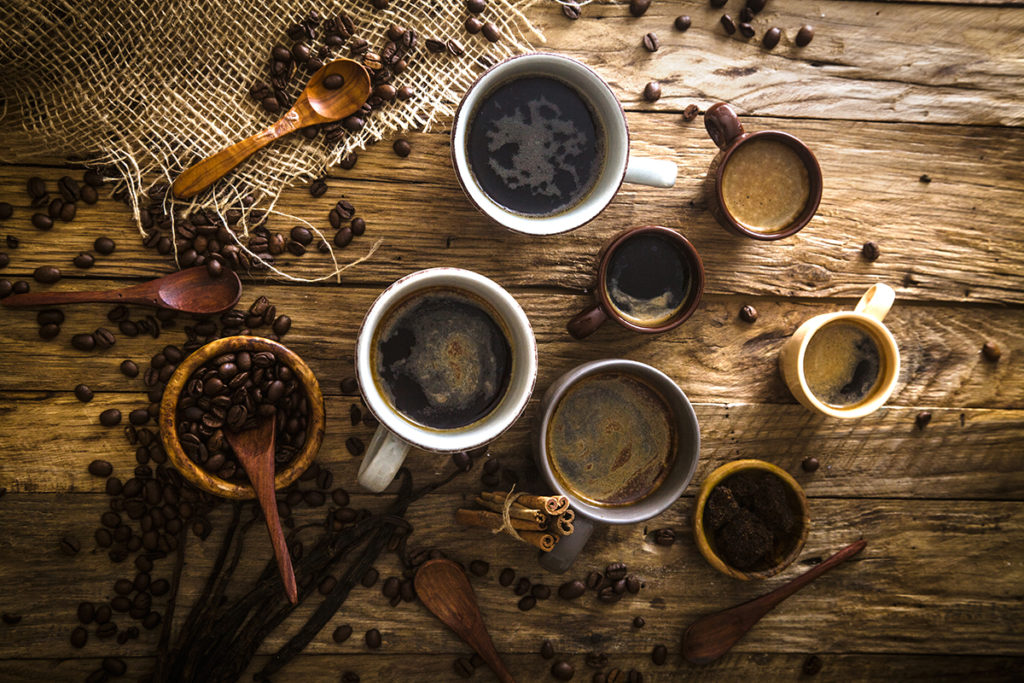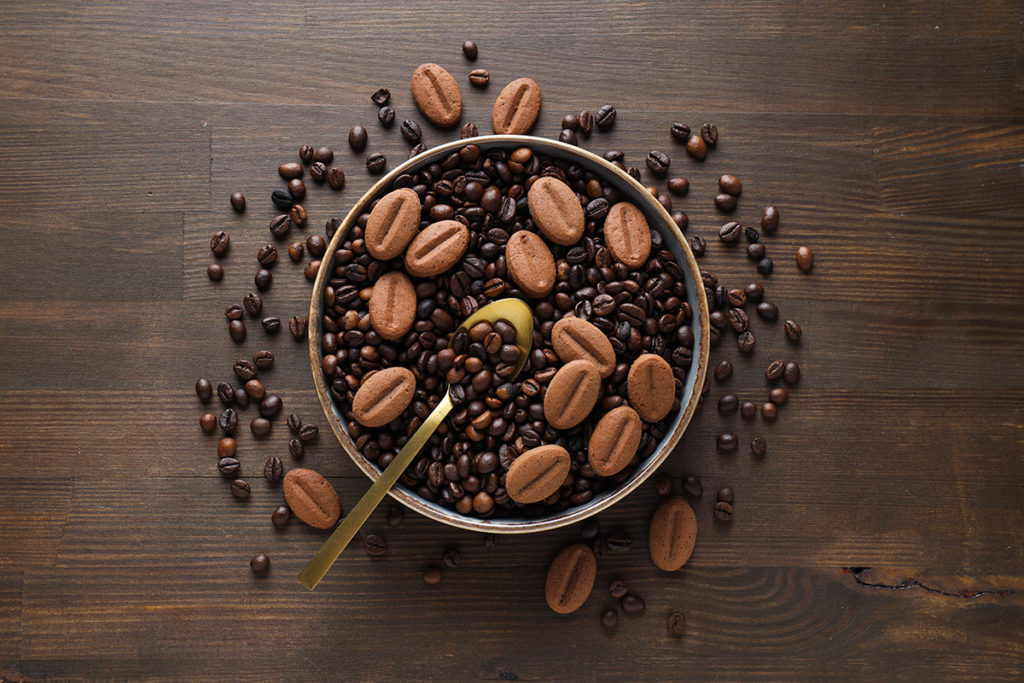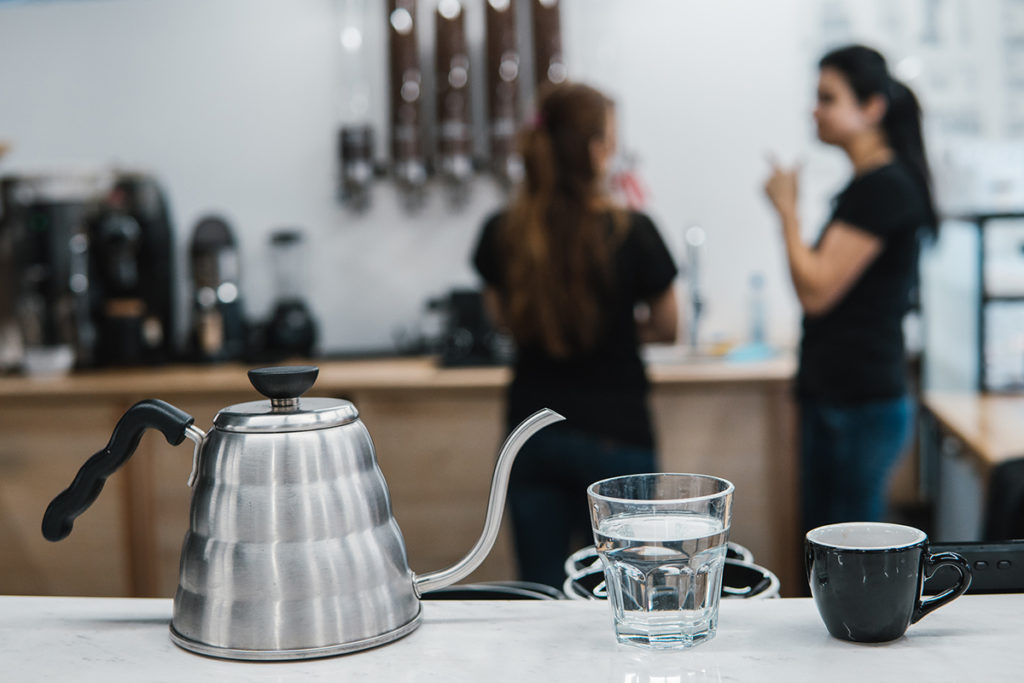Introduction to Grinding
Grinding coffee beans is one of the most crucial steps in brewing a delicious cup of coffee. As a home barista, understanding the importance of grinding and how it influences your coffee’s flavor can elevate your brewing skills. The grind size, consistency, and equipment you use can make the difference between an exceptional brew and a lackluster cup.
Whether you’re brewing with a French press, a pour-over, or an espresso machine, the grind size needs to be tailored to the brewing method. This guide will take you through the essentials of grinding coffee beans, including the types of grinders available, how grind size impacts flavor, and common mistakes to avoid. By the end, you’ll be equipped with the knowledge to grind coffee like a pro and enjoy the perfect cup every time.
Why Grind Size Matters
Grind size plays a pivotal role in coffee brewing as it directly impacts the extraction process. Extraction refers to the way water dissolves flavors from the coffee grounds. If the grind size is too coarse, the water will flow too quickly, resulting in under-extracted coffee that tastes sour and weak. Conversely, if the grind size is too fine, it can lead to over-extraction, producing a bitter and unpleasant brew.
Different brewing methods require specific grind sizes to optimize extraction. For instance, a French press demands a coarse grind, while espresso calls for a fine grind. Consistency in grind size is equally important to ensure even extraction. Unevenly ground coffee can cause some particles to over-extract while others under-extract, leading to a muddled flavor profile. Understanding and controlling your grind size is the first step toward mastering your home brewing experience.
Types of Grinders
Choosing the right grinder is essential for achieving the desired grind size and consistency. There are three main types of coffee grinders: blade grinders, burr grinders, and manual grinders.
- Blade Grinders: Blade grinders use a spinning blade to chop coffee beans into smaller pieces. While they are affordable and widely available, their primary drawback is inconsistency. The uneven particle sizes can result in an imbalanced brew. Additionally, the friction from the blades may heat the coffee beans, potentially altering their flavor.
- Burr Grinders: Burr grinders are the gold standard for home baristas. They use two abrasive surfaces (burrs) to crush the beans into uniform particles. Burr grinders come in two types: flat and conical. Both deliver consistent results, but conical burr grinders are often quieter and more energy-efficient. Burr grinders also allow you to adjust the grind size precisely, making them suitable for various brewing methods.
- Manual Grinders: Manual grinders are a great option for those who want control and portability. These grinders use a hand crank and typically feature burr mechanisms for consistency. While they require more effort, they are perfect for small quantities and offer excellent value for money.
When selecting a grinder, consider factors such as budget, brewing preferences, and desired level of control. Investing in a quality burr grinder can significantly enhance your coffee brewing experience.
Grind Sizes for Brewing Methods
Matching grind size to your brewing method is key to unlocking the full potential of your coffee. Here’s a quick guide:
- Coarse Grind: Best for French press and cold brew, this grind resembles sea salt. It allows water to flow through slowly, ensuring proper extraction for immersion brewing methods.
- Medium-Coarse Grind: Suitable for Chemex and clever drippers, this grind is slightly finer than coarse but still maintains a rough texture.
- Medium Grind: Ideal for drip coffee makers with flat-bottom filters. It’s comparable to sand in texture and balances flavor extraction.
- Medium-Fine Grind: Perfect for pour-over methods like the Hario V60. It’s finer than medium but not as fine as espresso grind.
- Fine Grind: Required for espresso machines and moka pots. This grind has a powdery consistency, allowing water to pass through quickly under pressure.
- Extra Fine Grind: Used for Turkish coffee, this grind is almost flour-like, ensuring a rich, concentrated brew.
Experiment with grind sizes to find the one that suits your taste and brewing method best.
Common Grinding Mistakes
Even with the right equipment, certain mistakes can hinder your coffee’s flavor. Here are some common pitfalls:
- Using the Wrong Grind Size: Mismatching grind size with your brewing method leads to over- or under-extraction.
- Inconsistent Grinding: Uneven particles can result in an imbalanced flavor profile.
- Overheating Beans: Blade grinders can generate heat, which may alter the coffee’s natural flavors.
- Not Cleaning Your Grinder: Residual coffee oils and particles can accumulate, affecting the taste of fresh coffee.
Avoid these mistakes by using a quality grinder, cleaning it regularly, and paying attention to grind size.
Conclusion with Tips (Approx. 100 Words)
Grinding coffee beans is both an art and a science. By investing in a quality grinder and understanding how grind size affects flavor, you can unlock the full potential of your coffee. Remember to match your grind size to your brewing method, clean your grinder regularly, and experiment to discover your perfect cup. Whether you’re a seasoned barista or a coffee enthusiast, mastering the grind is a rewarding step in your coffee journey. Happy brewing!



